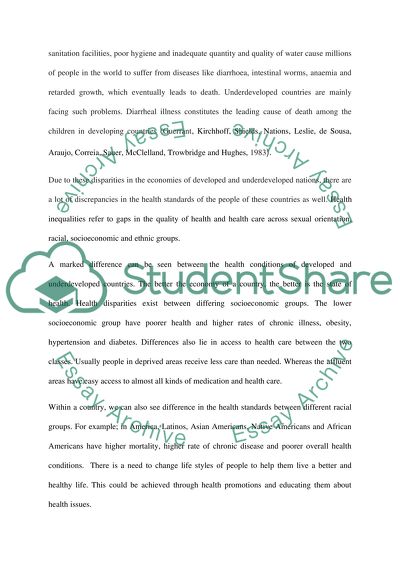Cite this document
(“The Impact of Health Inequalities on Health Education and Health Essay”, n.d.)
Retrieved from https://studentshare.org/environmental-studies/1408207-the-impact-of-health-inequalities-on-health-education-and-health-promotion
Retrieved from https://studentshare.org/environmental-studies/1408207-the-impact-of-health-inequalities-on-health-education-and-health-promotion
(The Impact of Health Inequalities on Health Education and Health Essay)
https://studentshare.org/environmental-studies/1408207-the-impact-of-health-inequalities-on-health-education-and-health-promotion.
https://studentshare.org/environmental-studies/1408207-the-impact-of-health-inequalities-on-health-education-and-health-promotion.
“The Impact of Health Inequalities on Health Education and Health Essay”, n.d. https://studentshare.org/environmental-studies/1408207-the-impact-of-health-inequalities-on-health-education-and-health-promotion.


